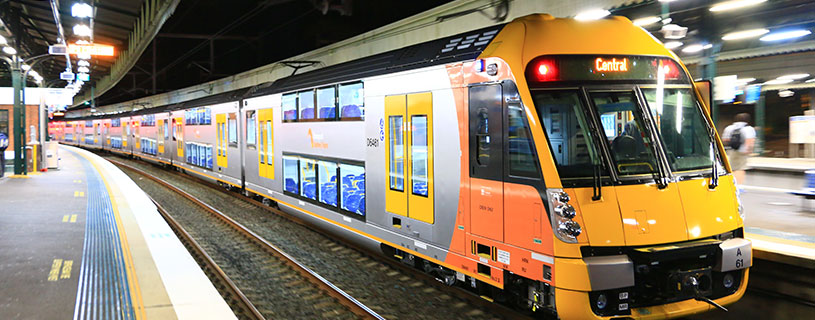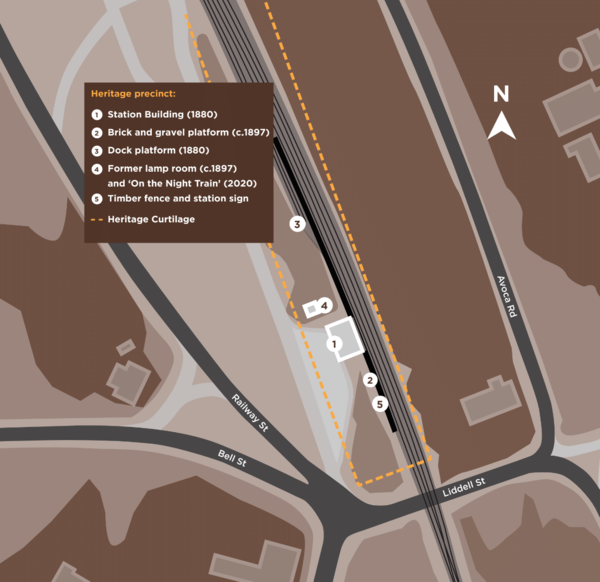
Stuart Town heritage precinct and site features
The heritage site includes a number of key elements which form part of the heritage precinct:
Image

Image controls:
1. Station Building (1880)
The Victorian-era, single-storey, face-brick station building has a gabled roof clad in corrugated iron with corbelled brick chimneys, decorative barge boards and timber finials on its gable ends. There is a small timber porch giving entry to the station, with its own arched window, gabled roof and timber finial. The building contains a general waiting room, a station master’s office and a ladies’ waiting room. It has a platform awning, supported on timber posts and brackets.
Image
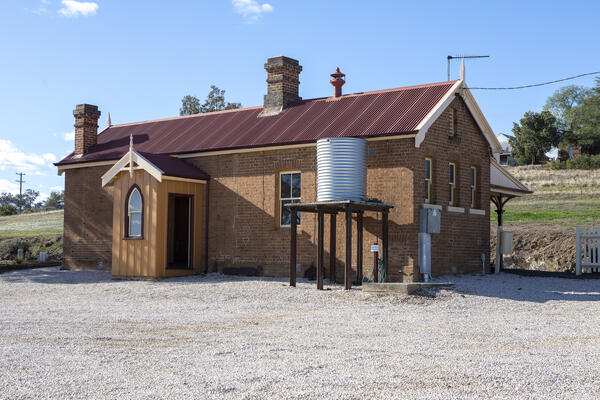
Image controls:
2. Brick and gravel platform (c.1897)
The curved platform is built of brick and surfaced with gravel and asphalt, with brick coping at the platform edge. The original platform has been extended to the north of the station building, where it has also been slightly heightened to accommodate modern trains.
Image
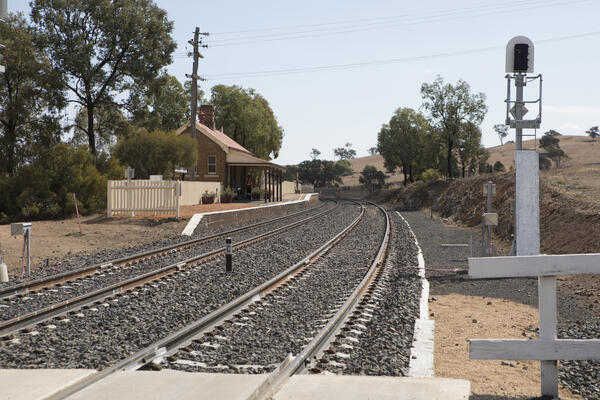
Image controls:
3. Dock platform (1880)
There is a dock platform, also built in brick, located north of the station building with its own siding. Now disused, it was previously required for loading and unloading goods.
Image
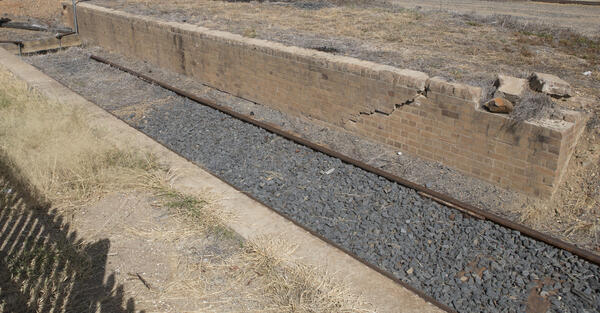
Image controls:
4. Former Lamp Room (c1897) and “On The Night Train” 2020
A small lamp room, built of corrugated iron, can be seen in early photographs of the station. Only the concrete foundations of the building remain today. It also functioned as a men’s bathroom, and as a store for oil and kerosene—used for illuminating station platforms, yards and signals.
A public artwork commemorates the former lamp room in the form of a ‘ghost’ structure, with a stone plinth inscribed with the words of the Henry Lawson poem, ‘On the Night Train.’
Tim Winters, who conceptualised and designed the artwork in 2020, explains: “In November 1988, residents stood on the platform of the station at about 10pm and waved lanterns and torches to farewell the last night train to Sydney. I became interested in the physical manifestation of memory, so the idea of a ‘ghost’ building came into being. Recreating the sense of the building without replicating it; and then enhancing the idea, making a space that is inviting, which the viewer can participate in. To contrast with the visual lightness of the steel structure I selected a piece of monumental masonry, which also provides a sense of timelessness.”
Ian Marr, who inscribed the letters into the plinth in 2020, considers: “Henry Lawson’s poem expresses a long-lost moment in Australian life. When the country mail trains began to disappear in the early 1970s, they were little changed from the night train that Lawson took to Bourke in September 1892. I vividly remember exactly what Lawson describes, then looking out at the sleeping streets of Stuart Town and the sombre peppercorns, and lovely shining roofs of the village in the moonlight as the train rattled along.”
Image
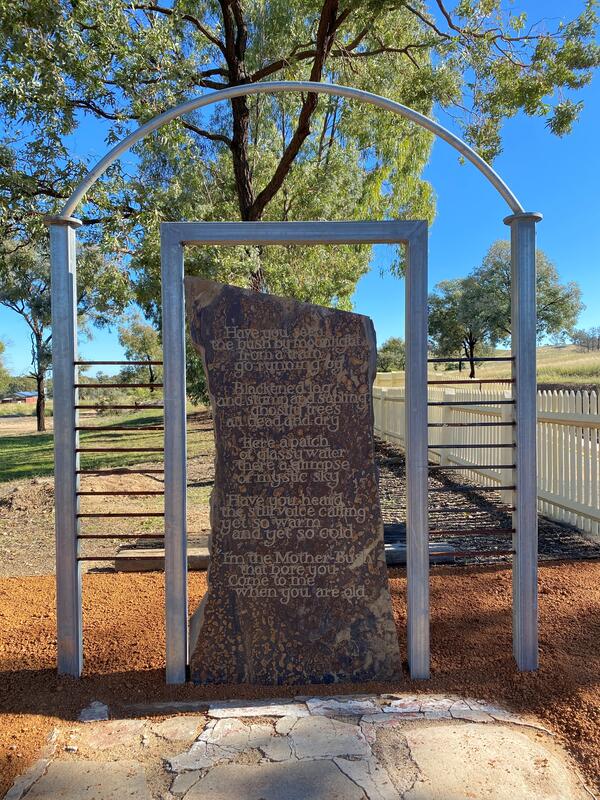
Image controls:
5. Fence and station sign
A timber picket fence has been reconstructed, based on early photographs of the station. The large station sign located along the platform is original.
Image
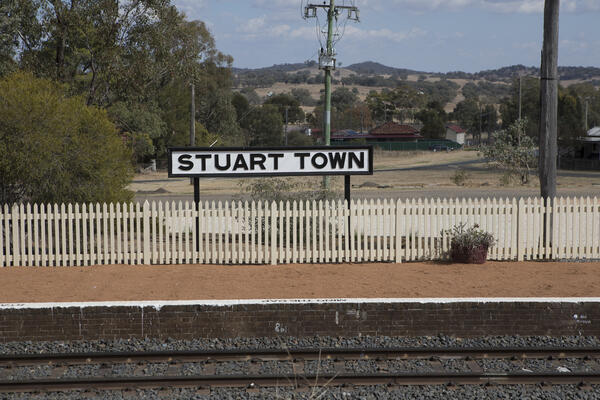
Image controls:


